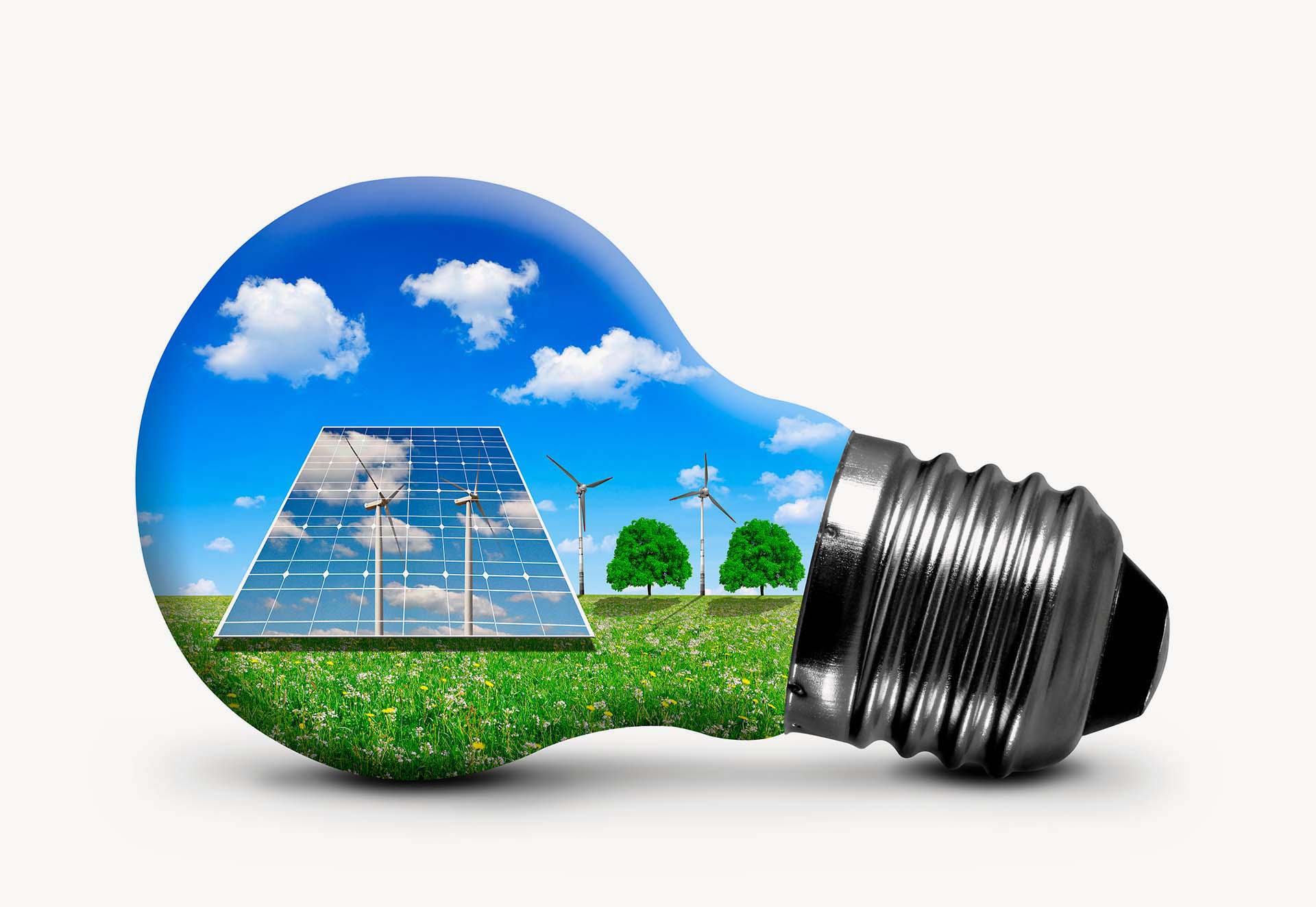
25 Nov Energy Managers, ESG’s and Energy Efficiency
A LOOK AT WHY THE MOST POWERFUL CARBON REDUCTION MEASURE IN THE WORLD CONTINUES TO BE THE MOST UNDERAPPRECIATED
Stop for a moment and imagine what the cleanest, most affordable energy looks like. In your mind’s eye, you are likely imagining a solar field or a wind farm churning out power against a backdrop of blue sky, wildflowers and butterflies. The scene is bucolic, romantic…and, for the most part, completely unrealistic.
The reality is that the cleanest, most affordable energy on the planet is the energy that never gets used in the first place. We’re talking, of course, about energy efficiency (read more about our take on EE here, and here…and here, as well). We talk about it so much because despite its enormous potential to save both energy and money, it is still a vastly underutilized strategy for curbing global emissions. In fact, the American Council for an Energy-Efficient Economy (ACEEE) states that “energy efficiency can slash US energy use and greenhouse gas emissions by 50% by 2050 and get the United States halfway toward its climate goals.”
That’s huge.
But despite all this potential, energy efficiency remains the humble understudy to showstoppers like renewables and energy storage. This is because its power lies in aversion and prevention – the simple, chronically undervalued idea that the first and most impactful way to clean up our global energy management system is to simply require less energy in the first place.
And this needs to change, because energy efficiency is a superstar in its own right. It requires no new utility transmission infrastructure, no new power plants, no new innovations yet to be invented. ACEEE reports that current “cost-effective and technically possible measures…would avert emissions of nearly 2,500 million metric tons of heat-trapping carbon dioxide — equivalent to all emissions from cars, trucks, homes, and commercial buildings in 2050.” On top of these environmental benefits, energy efficiency projects also regularly deliver millions upon millions of dollars in energy cost savings.
So, what’s the holdup? If energy efficiency is so great for the environment and for the corporate bottom line, why is it going to take almost 30 years to use it to cut current energy use by 50%?
Well, there’s a few reasons and here are some of the biggest as we see them.
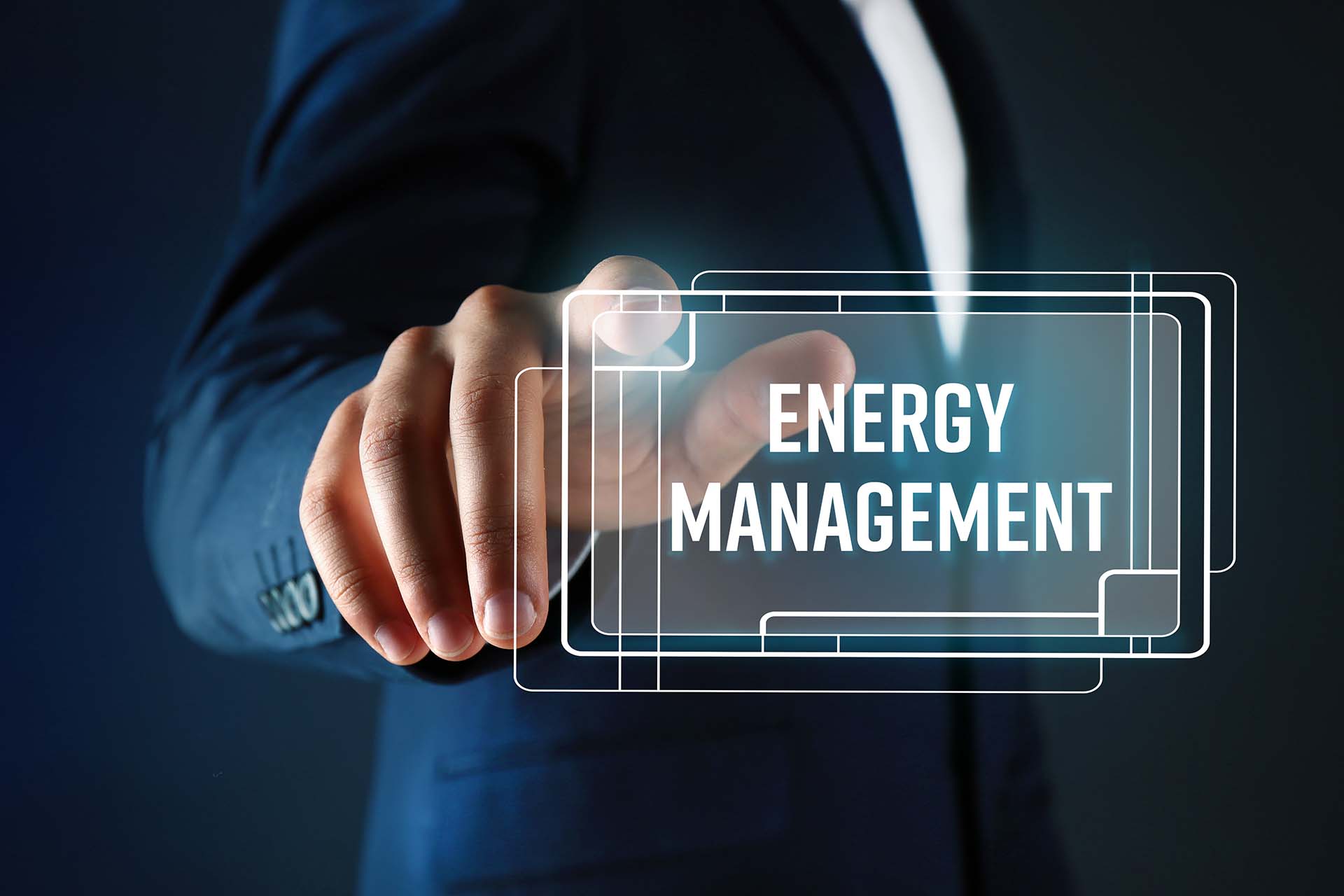
1. ANYONE KNOW A GOOD ENERGY MANAGER WE COULD HIRE?
First of all, implementing an effective energy efficiency strategy requires a certain expertise not typically found in a company’s existing leadership portfolio. A qualified candidate will need be able to:
- Audit a building’s energy consuming systems
- Identify supply- and demand-side efficiency opportunities
- Provide an implementation roadmap based on energy reduction and energy cost savings
- Navigate the complex world of government and utility sponsored rebates and incentives
- Understand how to manage implementation teams
- Effectively communicate the plan and all of its subsequent deadlines to the c-suite in a way that gets them excited about spending capex funds on projects that are typically invisible to the casual observer.
Nothing to it.
These days, this person is called an energy manager. It’s a relatively new position and one that is still being defined, judging from a quick Google job search. The degree and experience requirements for an in-house energy manager are currently all over the map because companies are still trying to understand what exactly an energy manager needs to know in order to effectively manage energy. This makes it difficult to find a qualified candidate. Add to this the reality that most building operators don’t actually need a long-term, full-time hire in the first place, and you get a recipe for inertia. Without the internal pressure that comes with investing in a full-time hire, energy management projects tend to get shelved, delayed or canceled altogether.
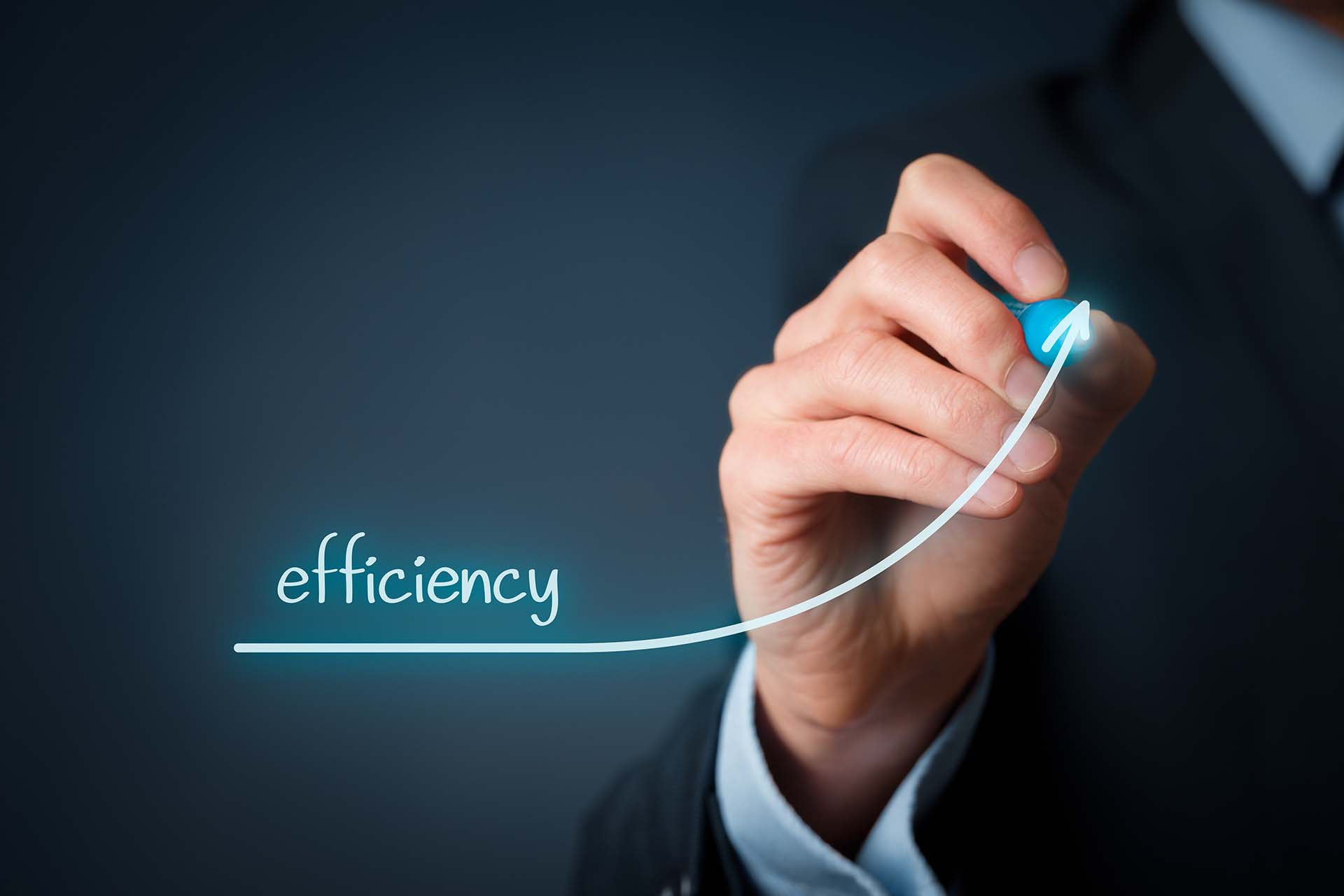
2. ESG’S AND OPTICS
ESG – environmental, social and corporate governance is a metric that since the early 2000’s has been used to evaluate the investment value of a business outside of its financial returns. As climate change and social justice reform has become increasingly more important to investors, companies are now also judged on their ESG score.
On the one hand, this is a very positive change after decades of businesses being motivated by profit-at-all-costs. Now, businesses are being judged by how they treat their workers, what they value as a culture and how they engage with the environment – both locally and globally. The rise of ESG’s have created a necessary incentive to develop sustainable production methods and responsible resource management.
On the other hand, projects that are largely invisible – like lighting and sensor retrofits – aren’t exactly the stuff of legend. The truth is, energy efficiency projects are kind of boring, and in an Instagram-world, where optics are everything, the value of changing out light fixtures can be a bit of a hard sell to a corporate board looking for very visible demonstrations of change. And this is a shame, because according to Energy.gov:
“Widespread use of LED lighting has a large potential impact on energy savings in the United States. By 2035, the majority of lighting installations are anticipated to use LED technology, and energy savings from LED lighting could top 569 TWh annually by 2035, equal to the annual energy output of more than 92 1,000 MW power plants.”
That bears repeating – lighting efficiency upgrades alone have the potential to save as much annual energy as the output of 92 1,000 MW power plants. And again, it’s going to take another almost fifteen years before everyone gets on board.
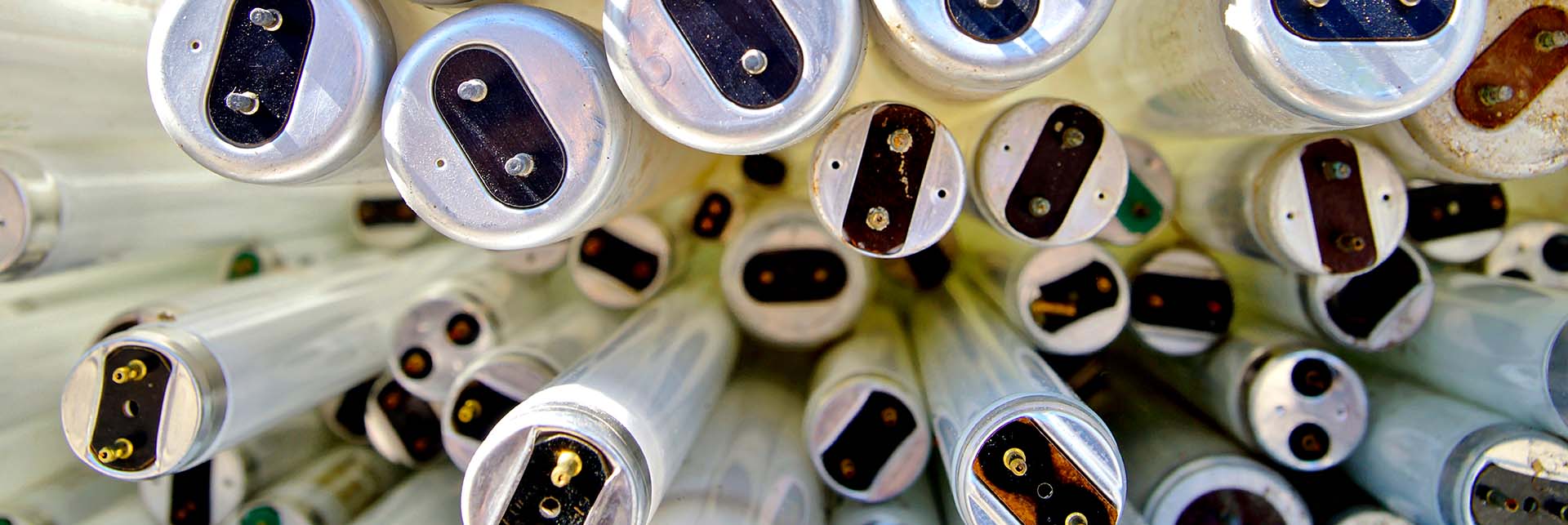
3. BUSINESSES DON’T UNDERSTAND THE COST OF WAITING
Fifteen years is a long time. Consider this – IoEnergy recently implemented a 570-fixture lighting upgrade at Weaver Lumber in Anderson, CA. This efficiency upgrade is saving more than $100K per year in energy and maintenance cost savings. In fifteen-years, Weaver Lumber will have avoided spending nearly $1.5 million dollars. All it took was a lighting upgrade. And because of the on-bill financing opportunities in their area, they didn’t have to spend a single penny of their own money to finance the project.
To put it another way, depending on their size, the businesses that put off upgrading their lighting for fifteen years – or ten, or even five, are spending tons and tons of money that they could have kept. Money that could go back to shareholders, money that could go to corporate bonuses…money that could be spent on exciting, high-optic sustainability projects that get investors excited about the future.
Understanding the cost of waiting means understanding the true power of energy efficiency. Timelines that push great results out to 2035 or 2050 reflect a fundamental lack of understanding on the part of building owners as to the incredible financial benefits they are leaving on the table by not taking advantage of efficiency technology and the financial programs designed to help implement it.
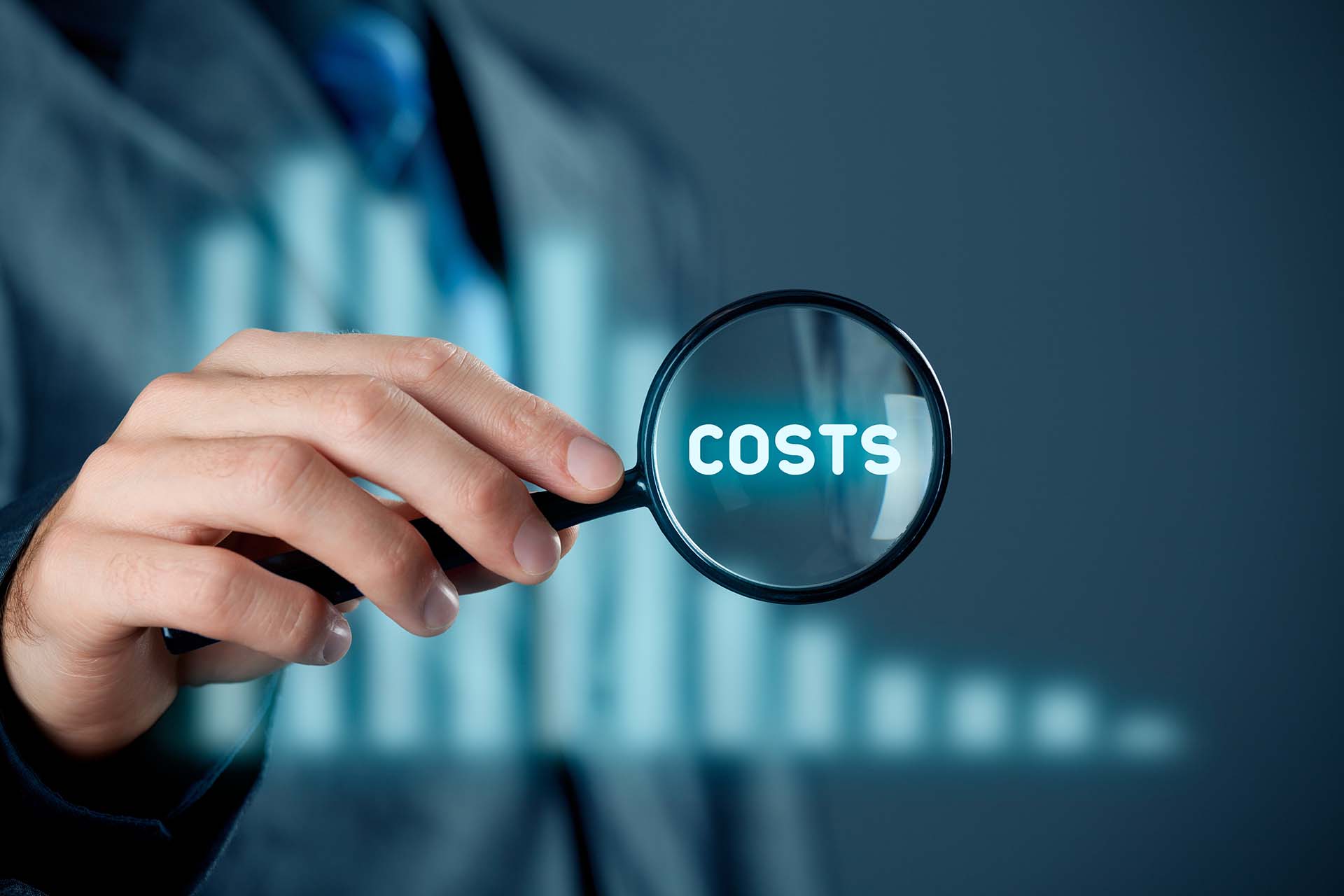
WANT TO GET ON THE EE BANDWAGON, BUT DON’T KNOW HOW?
CALL IOENERGY – WE ARE ENERGY EFFICIENCY EXPERTS
Just because you don’t have an energy manager or an expert knowledge of energy efficiency doesn’t mean you can’t reap the benefits. IoEnergy has been helping building owners identify efficiency opportunities and develop energy strategies for more than twenty years. Our efficiency experts combine years of boots-on-the-ground experience with a deep understanding of energy policy, government rebate structures and utility incentives to deliver customized energy efficiency reports that take a whole-system view and help building owners gain the most financial return on their improvement projects. By using a strategic approach to energy efficiency, we deliver ROI over time that can lay a foundation for building improvements for years to come.
Strategic ROI
- Analyze building systems to identify all efficiency opportunities.
- Evaluate the opportunities to determine which provides the highest ROI in terms of energy and operational cost saving.
- Create a building improvement roadmap that starts with the efficiency project that delivers the highest financial return.
- Use the savings generated from that high ROI project to finance further upgrades that may be necessary but do not offer as big of a financial return.
Getting your energy efficiency plan together can be the easiest thing you do all day. You don’t have to be an expert, you just need to call an expert.
Let us help you build a path to energy efficiency and long-term energy cost savings. Call today: (831) 298-0048
IoEnergy Solutions – Strategic ROI Building Solutions Experts. Find Out More:


